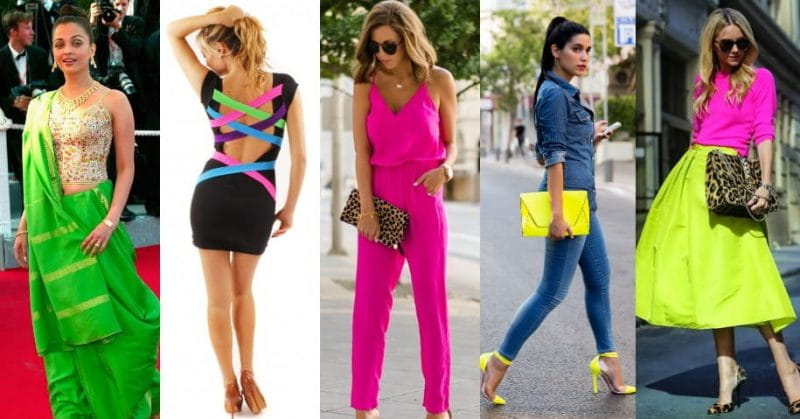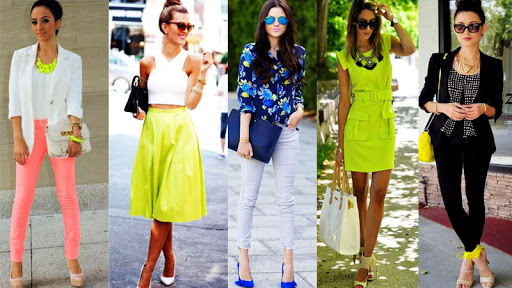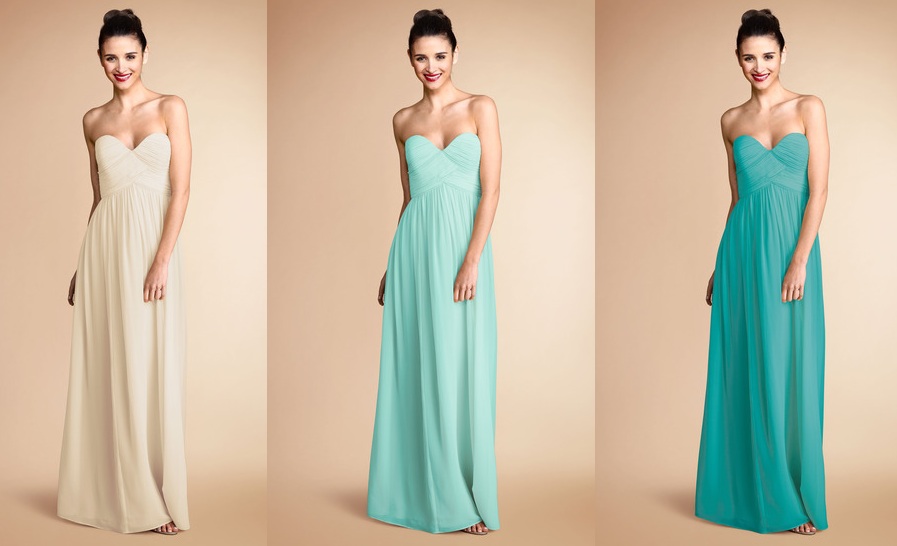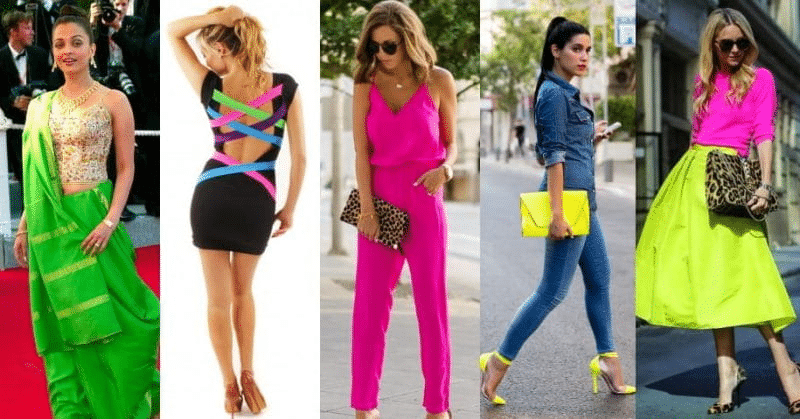
When adding new items to your wardrobe, there are a number of different factors you need to take into account. Of course, you need to think about what’s on trend and how that works with your own personal style. At the same time, you also need to think about the fit and you need to consider the practicality – how well will said item work with the other items you already own?
But one of the most important and too-often-overlooked factors to consider is color. What colors work best with your complexion? With your hair color? And with your personal style?
Getting colors right is very important as it allows you to enhance your natural traits and to hide the things that you’d rather people didn’t notice. The right color top for instance can be very complementary to your skin tone, or if can help make your eyes really stand out and look that much more vivid.
The problem is that a lot of people are completely unaware of which colors suit them best and they end up going through their lives oblivious to the fact that they really shouldn’t be wearing some of the things that they are.
Do you know what colors suit you best? Are you sure? Let’s find out!

Picking the Right Colors for Your Skin Tone
A good place to start when choosing the right colors for you is to think about your skin tone. And while there are countless different skin tones out there, the good news is that things can be kept much simpler by looking at skin tone in terms of three categories.
Most of us can classify our skin tone as:
- Warm
- Neutral
- Cool
Mostly, you should be able to work out which of these categories best describes you because, well, it’s rather obvious really. Unfortunately, there is no ‘hard and fast’ rule, so if you are on the cusp and you’re not sure which category describes you best, then you should use a little common sense – if you’re on the border then you can wear clothes on the border too!
Generally though, warm people will have dark brown or dark blonde hair, a skin tone with a greenish or yellowish undertone or an olive look. Cool types will have either very dark black hair or very light blonde hair. Often, cool types will have blue or grey eyes. Their skin may have a blueish undertone and will either be very light or very dark. Finally, neutrals fall in the middle somewhere. Hazel eye colors, brown hair and skin that falls smack bang in the middle of warm and cool.

The Clothes
So, that tells you which category you probably fall into (hopefully), the next question is which clothes you can wear on that basis…
Generally, for those that have a warm skin tone, the best choice is to wear oranges, reds, yellows and ambers to bring out that natural warmth, or to wear cool colors that have some warmth in them – such as creamy whites, latte or taupe. Stay away from icy shades and avoid jewel colors which can clash with your natural skin tone. Celebrities that fall into this character include Jessica Alba and Jennifer Lopez, so keep an eye on what they’re wearing. Male celebs include Tom Selleck or Morgan Freeman.
For cool types, the best colors include shocking pink (not hot pink), ruby and bright rose. If you’re going warm, then you need to go very bright and bold to contrast your relative lack of coloring. You can also pull off cool colors that are jewel colors, including bright blues, emerald and amethyst. Greys are available to you as well but you need to avoid oranges and yellows. Cate Blanchett is a good star to keep an eye on for women, while Anthony Hopkins or Jude Law are good male examples.
Finally, neutrals should avoid anything that is too bright or vibrant which can be overwhelming – that includes reds and yellows. Instead, aim for neutral colors that, like you, fall in the middle of the color spectrum. These include placid blues, jade greens and blushed pinks. Rachel McAdams or Angelina Jolie are good examples, as are Ryan Reynolds or Chris Hemsworth.
Note: This is actually just one system for identifying your skin tone. Another interesting system to look into is the ‘Seasons’ system, which categories skin tones into the four seasons. Alternatively, you can look at the 12 and 16 category systems.

Other Considerations
Knowing which colors will look best on you is not just a matter of considering your skin tone though. You can also look at more specific aspects of your appearance and take that into account.
For example, the obvious point to consider here is eye color. If you have bright blue eyes, then wearing a blue top can be a great way to bring those out – as long as that works with your skin tone. In this case, you might choose to gravitate toward that shade whenever the opportunity presents itself. Another good option here is to accessorize with that color.
Then again though, sometimes the best idea is not to precisely match the color to our eyes but instead to find a color that is complementary to our eye color. This will depend a) on your eye color and b) on the look you’re going for. This also gives you more options if your eye color is not a color you can wear easily, or that you want to wear easily.
Luckily, finding colors that work with your eyes is a little simpler and can be accomplished by looking at a color wheel and using regular color theory.
Think as well about your age and gender – certain colors look better on people of a certain age. For example, hot pink is a color that can look great on a warm skin tone, but this is something that will arguably work best for younger people and for women. An older woman can pull off hot pink and it can look good… but it also makes a very bold statement and you need to work that statement in order for the outfit to work. It’s also usually best in smaller quantities. Likewise, a man can look good in pink but he again needs to be aware that this makes a statement.
And while you’re in such a hurry to find the clothes that work with your skin tone and your eyes, don’t forget to also consider how the colors work together. In this respect you can think like a designer building a website or a book cover: choose a color scheme whether that be a primary, tertiary or secondary color palette.
In a primary color palette, you choose two colors at opposite ends of the color spectrum (such as brown and light blue), whereas for tertiary you are picking three colors that are evenly spaced. You can also try a monochromatic color palette where you wear lots of shades of the same color – but be careful with this as you can otherwise look like you’re wearing a jump suit!
And don’t forget that jeans are a part of this! There’s no point carefully picking out all of your outfits and then putting them with trousers that don’t work!
There’s a lot to consider here but that’s part of the fun. When you get it right, you’ll know and you’ll feel amazing.
Source: Forcoolfashion.com


